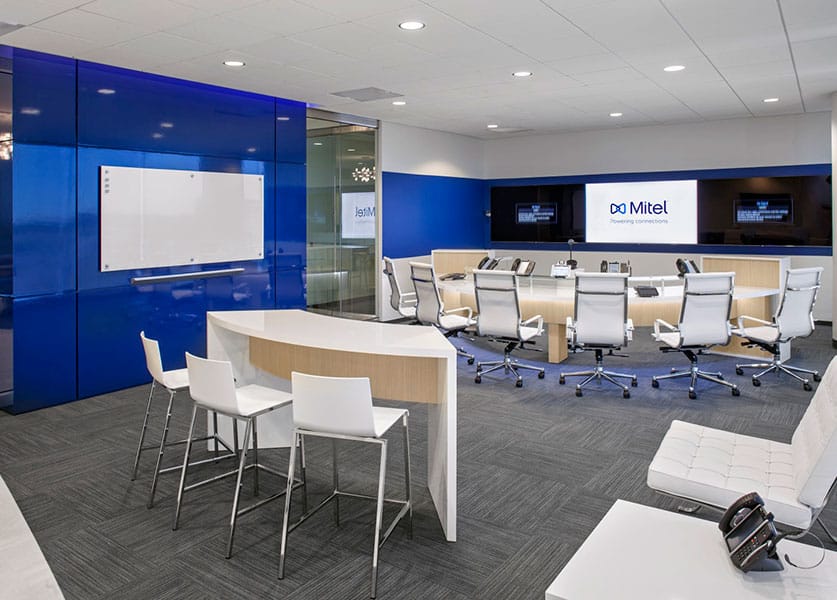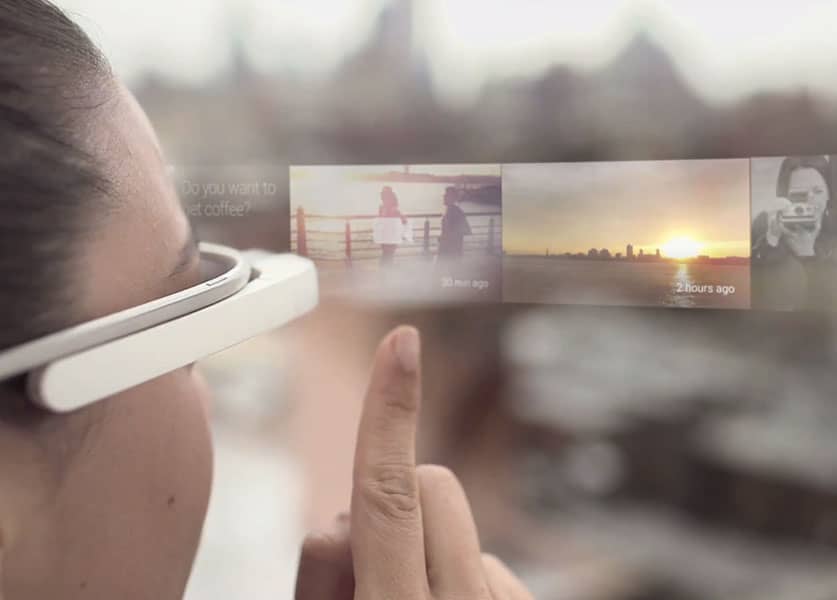As human-computer interactions become increasingly mainstream, the act of socializing will take on different forms and blur the boundaries of the workplace.

Workplace strategists and designers consider socialization in the workplace – and the places and policies that support it – a necessity for organizations. The reasons are simple: knowledge sharing, enhanced performance, team bonding, and a larger sense of community. What’s not simple is how the dynamics of socialization in the workplace are changing. Socialization is no longer just about water cooler conversations, coffee with coworkers in the café, or eating lunch with a colleague. And for design professionals, it is more than designing and engineering spaces to support these types of interactions among colleagues. Socialization is taking on new forms in and outside the workplace as technologies continue to evolve. These new ways of connecting on a social level are transforming how we work, the types of spaces we work in, and the workplace tools with which we interface.
Take for example social media and virtual social networking. Online social networking involves connecting with others to foster relationships and share ideas and content. This outreach and sharing in digital form is a platform through which we “socialize.” Just as socialization in cafes and break-out spaces is about the investment in building relationships, so is online social networking. This type of engagement with both internal and external networks has sparked the development of new spaces in the office and has added dimension to the nature of work.
Social media labs are an example of a new space type that has evolved in conjunction with socialization. Popping up in organizations across the globe, these labs have digital displays showcasing real-time work, interactive walls, live tickers, and, of course, ergonomic seating for digital media experts. Without the mass utilization of social media and virtual social networking, these spaces would not exist today.
Beyond physical impact on space at the office, virtual social networking and media has triggered organizations to rethink what defines ”work.” The rise of ”social smarts,” or the incorporation of social media into everyday business, has created a new vernacular that augments a sense of community within organizations. It is complementing, not replacing, face-to-face socialization at work.

While not nearly as ubiquitous as social media and online networking, the concept of augmented reality is also beginning to morph how we socialize. Augmented reality is “the interaction of superimposed graphics, audio and other sense enhancements over a real-world environment that’s displayed in real-time,” according to Tom Caudell, the Boeing researcher who first coined the term in 1990. Google Glass is a prime example of this with instantaneous information displays about the person or topic the user is speaking to, taking socialization to a whole new depth.
Not all social technology needs a heartbeat to function in the workplace: Robots are moving out of the manufacturing chain and into the knowledge environment. Robots have taken mundane tasks from workers such as packaging product or dispensing refreshments, allowing them to engage in higher-order tasks, and supporting swaths of the workforce to utilize their time for value-added activities beyond administrative functions. Telepresence robots, also known as “digital assistants,” have stepped in for paperwork or meetings if an associate’s work or personal life requires them elsewhere. This is impacting productivity in a sense that workers are reallocating travel time for work-related tasks. It is also impacting sustainability as carbon footprints are being reduced.
A pricey investment for any company, London-based IA Design Director and Workplace Strategist Gillian Burgis weighs pros and cons of physical space with robotics. “[There are] some unexpected office design considerations. For one, space must be allocated for the storage dock and charging station. Our wide staircases, while great for encouraging human activity, are unnavigable for a motorized robot, and even elevator and conference room doors pose a challenge unless accompanied by human escorts.”
But what impact will robots have on socialization at the workplace? The answer will arise in the years to come as robots (in some shape or form) become more mainstream in the office environment. Robots will not replace the visceral connections of socializing face-to-face, and the same can be said for social networking. But these new facets of socialization at the workplace will continue to enhance our social experiences through different forms of sensory connections. The challenge for organizations, and managers and designers of the workplace, lies in the inclusion of all types of socialization in business: Face-to-face, digital, augmented, and those yet to come. ”Virtual” is becoming ”reality” and #socialization in the workplace is taking on new forms because of it.
